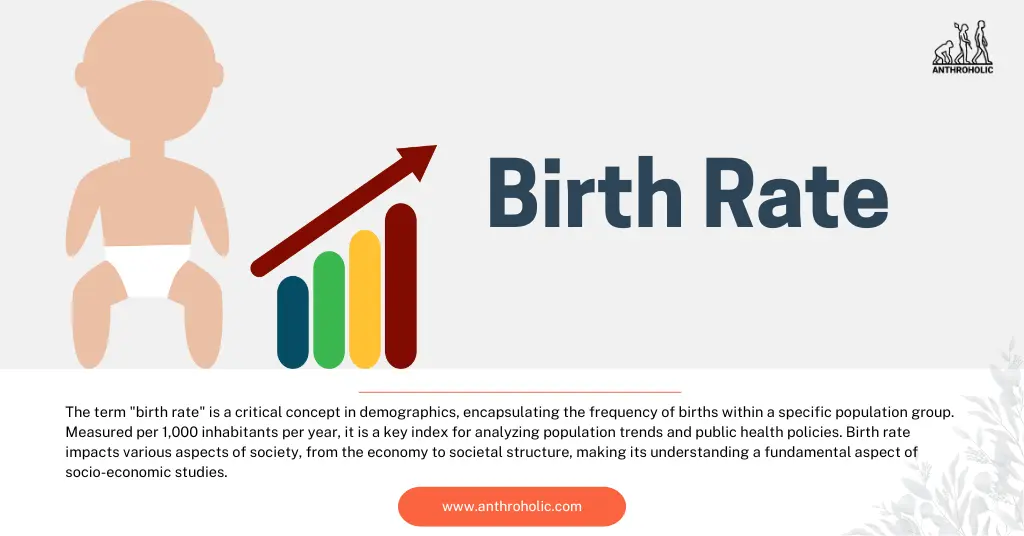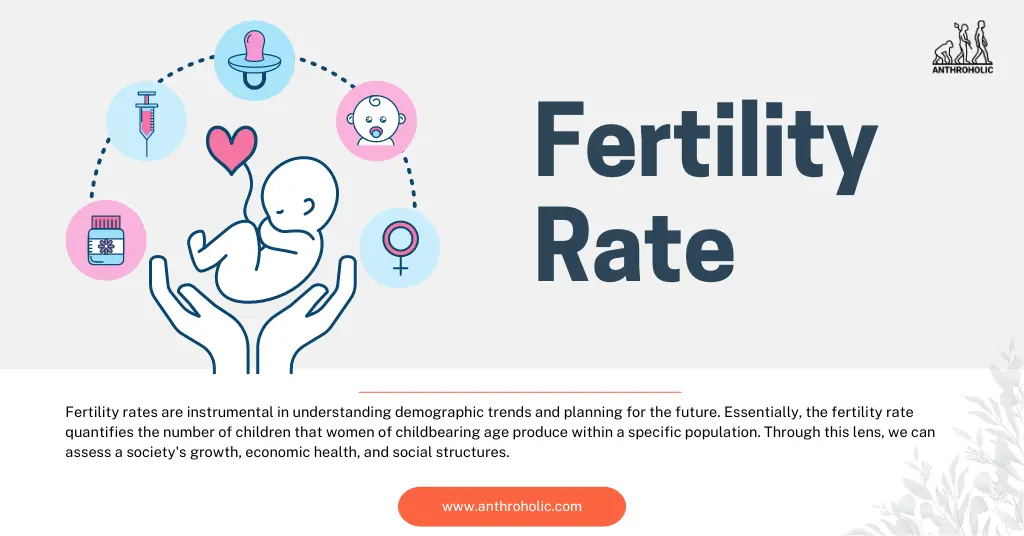AI Answer Evaluation Platform Live Now. Try Free Answer Evaluation Now

Age Sex and Population Variation as Genetic marker
This triad of age, sex, and population variation as genetic markers forms the cornerstone of personalized medicine, allowing for interventions tailored to an individual's unique genetic makeup. Future research in










